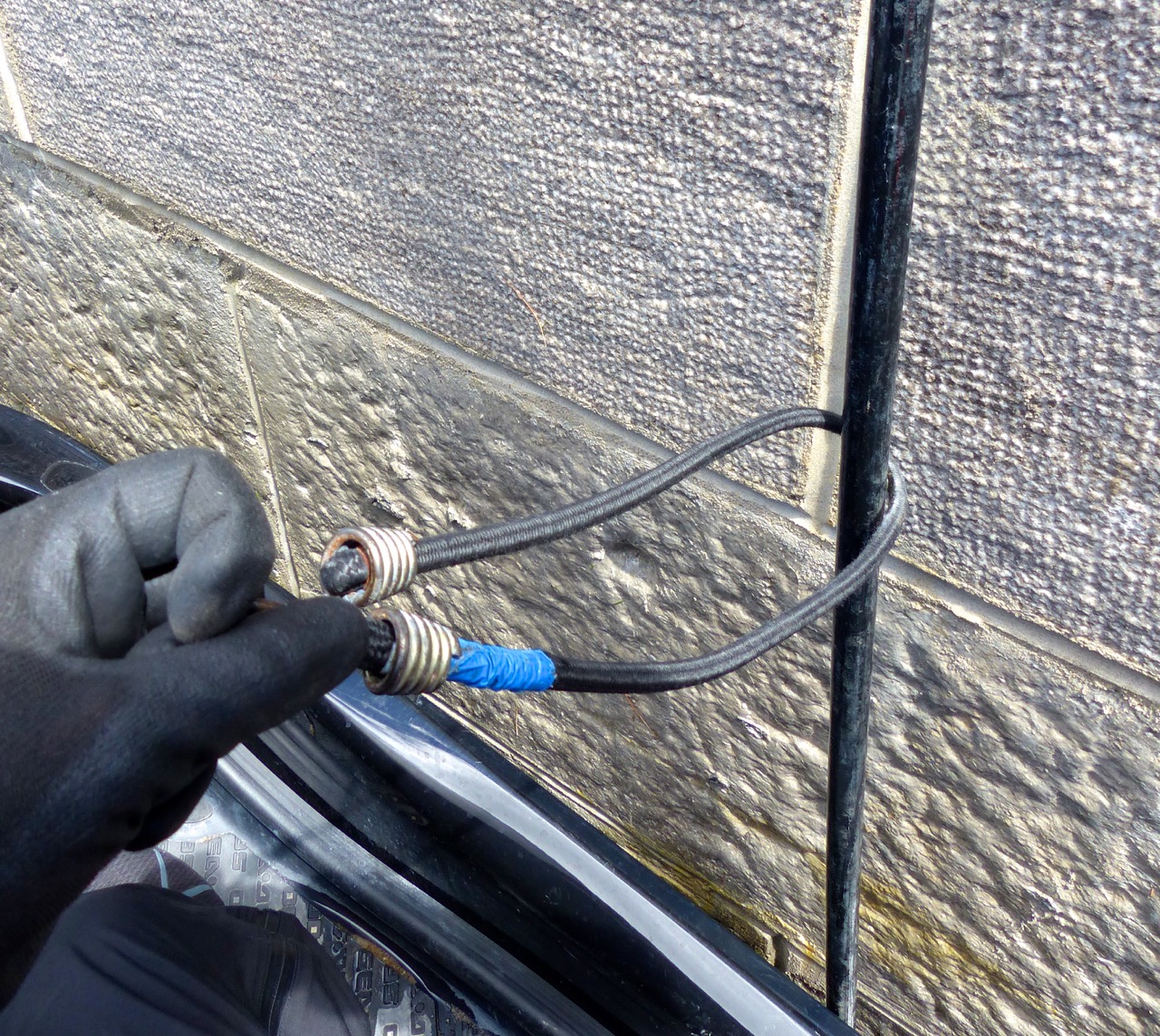Jet Ski Etiquette For Locking Thru…
Related: Must-See Locks
Taking your Sea Doo watercraft through locks can be intimidating at first for either experienced jet ski riders, PWC beginners or renters on self guided Sea Doo tours. Sea-Doo riders may encounter locks or other by pass systems on some waterways while going on Sea Doo tour on Sea Doo, jet ski or waverunner watercraft in Ontario and throughout Canada. Sometimes, a lock can be self-operated (Recreational boaters locking thru are responsible for the whole process, including working lock mechanisms.) But trained staff operates most locks, supervising and controlling the process.
Either way, there’s likely a lock fee payable either on site or in advance online. A lock exists to raise and lower the water level, where terrain changes height. This enables recreational boaters to get around a place where that waterway isn’t navigable. The blockage may be a waterfall, set of rapids or insufficient depth. The following how to go through locks tips primarily apply to locks with trained staff on hand. But the principles are the same for all locks. And by the way, here’s where you can find more tips on other PWC topics for your PWC adventures.
How To Go Through Locks – General Sea Doo Tips…
Sea Doo riders will likely be the smallest vessel locking thru. But act and expect to be treated like any other recreational boat. Because of your size, you may be asked to wait to enter the lock until larger vessels are docked and secured. Even if the lock is full of larger vessels, space is almost always available for PWC’s to raft off other recreational boats. PWC’s are more manoeuvrable than most other vessels. So the onus is on you to avoid getting in the way or colliding with anyone.
How To Go Through Locks – PWC Lock Fees…
Most locks charge a fee for lock thru. Sometimes it’s one set fee for each recreational boat, including PWC’s. Other times, the fee is by vessel length. Sea Doo riders can either pay as you go or buy an annual or multi-use pass for most locks. If you arrive at a lock and need to pay the fee, it’s often most convenient to do so while you’re waiting for the lock to open. While most locks take credit cards, it’s always a good idea to carry some cash just in case.
How To Go Through Locks – Jet Ski Etiquette…
Your lock thru will go smoothly if you are polite and cooperative. This includes showing consideration for other lock users, obeying lock staff and exercising common sense. It’s important for every Sea Doo rider to make and leave a good impression with other recreational boaters.
How To Go Through Locks – Check Traffic Lights…
Many locks have traffic lights to guide recreational boaters. With an on-approach traffic light, red means stop and stay back a prudent distance. Yellow means get ready to approach the lock, but do not enter. Green means enter the lock. With a traffic light inside the lock, red means stop and stay put. Yellow means get ready to exit, but do not move yet. Green means exit the lock.
How To Go Through Locks – PWC Lock Approach…
The shoreline and walls leading into a lock tend to funnel everything to the lock entrance. One key proviso for Sea Doo riders is to slow right down before approaching this funnel area. This avoids creating any wake that can rock other recreational boats or send waves into the lock itself. Most lock approaches have a designated and marked waiting area. It’s often called the “blue line” and a blue stripe identifies it.
Where To Wait
If the lock doors are closed (and a red light is on), dock at the blue line. Then wait for the signal to enter. If other recreational boats are there ahead of you, don’t jump the queue unless instructed to do so by the lock staff. And remember to give recreational boats exiting the lock the right of way. If there’s no room at the blue line, steer back out of the funnel area. Float there to wait, staying out of the way of other recreational boats.
Preparing to Lock Thru
Sometimes, it can be a little confusing when approaching a busy lock. Many recreational boats may be docked to take a break, stay overnight or to visit a nearby town or attraction. But none of them should be along the blue line. While waiting, get out your mooring rope and attach your bumpers if you use them. For most lock thru’s, I use a hand held bungee cord to keep me in place. I find it easier than a mooring rope. But either way, avoid using your hands, because the lock cables (see photos above & below) can be yucky to touch. Or may have sharp or broken edges.
How To Go Through Locks – Entering…
Lock staff signal entry by any or all of voice command, hand signal or green light. Check to make sure you are 360˚ clear of traffic and slowly steer into the lock. Staff will direct you to front or back, left or right side, or between other recreational boats. It’s very important to be in total control of your Sea Doo watercraft at all times. Do not to make any sudden or unexpected moves and obey lock staff to the letter. If the lock is not full, I often ask the lock staff if it’s okay to dock on a shaded side. This way I’m not sitting in the direct sun the whole time. One more tip. if possible, go into a lock ahead of any larger boats. This way you’ll be first out. And any debris stirred up by their propellers will be back in the lock, not under you where it could get sucked into your impeller.
How To Go Through Locks – Inside…
Once inside the lock, Sea Doo riders will need to dock as instructed. This includes looping your bungee or rope around one of the cables running vertically up the side of the lock (for those that have them – see photo above). Or sometimes, to other mooring devices (some locks have actual docks inside). Always ensure that your PWC is not actually tied to the lock cable or any other fixed object. Why? Because you’ll be in serious trouble when the water goes up or down in the lock but your PWC doesn’t.
If you’ve been instructed to raft off another recreational boat, you may be able to hang on to it with your hands. But be sure to use your bumpers, its bumpers and/or your feet and hands to avoid scraping either vessel. Be prepared to hang on tightly, because some locks create a strong current that can rock your PWC as the water rushes in and out. Once in place and secure, turn off your Sea Doo watercraft and keep it off until it’s time to exit. Wait patiently until the lock is ready to open again. This is a great time to strike up interesting conversations with other recreational boaters. Or to renew your sunscreen and grab a quick snack. But always pay careful attention to what’s happening around you.
How To Go Through Locks – Exiting…
When the gates start to open, start up your PWC as instructed by lock staff or signalled by traffic light. But stay in place. A Sea-Doo watercraft with iControl makes this exceptionally easy because it starts in neutral. This is also a good time to ensure your mooring rope is put away where it won’t get lost overboard. Or worse, caught up in your impeller. Lock staff will decide when it’s safe to exit and what the exit order will be for the boats inside the lock.
Ask politely if you can exit first, preferably before anyone else turns on their engine. Doing so can avoid getting any debris stirred up by propeller boats sucked in through your intake grate. When your turn comes, steer slowly out the open gates. Keep it slow until you are well beyond the funnel area on that side of the lock. Don’t forget to wave a quick “thank you” to the lock staff. Your lock thru is now complete and you’re on the way again for more Sea Doo riding!
If you enjoyed this post, check out my other riding tips.
The tips and advice in this article are the opinions of the author, may not work in every situation and are intended only for the convenience and interest of the reader, who has the personal responsibility to confirm the validity, accuracy and relevancy of this information prior to putting it to their own use.








